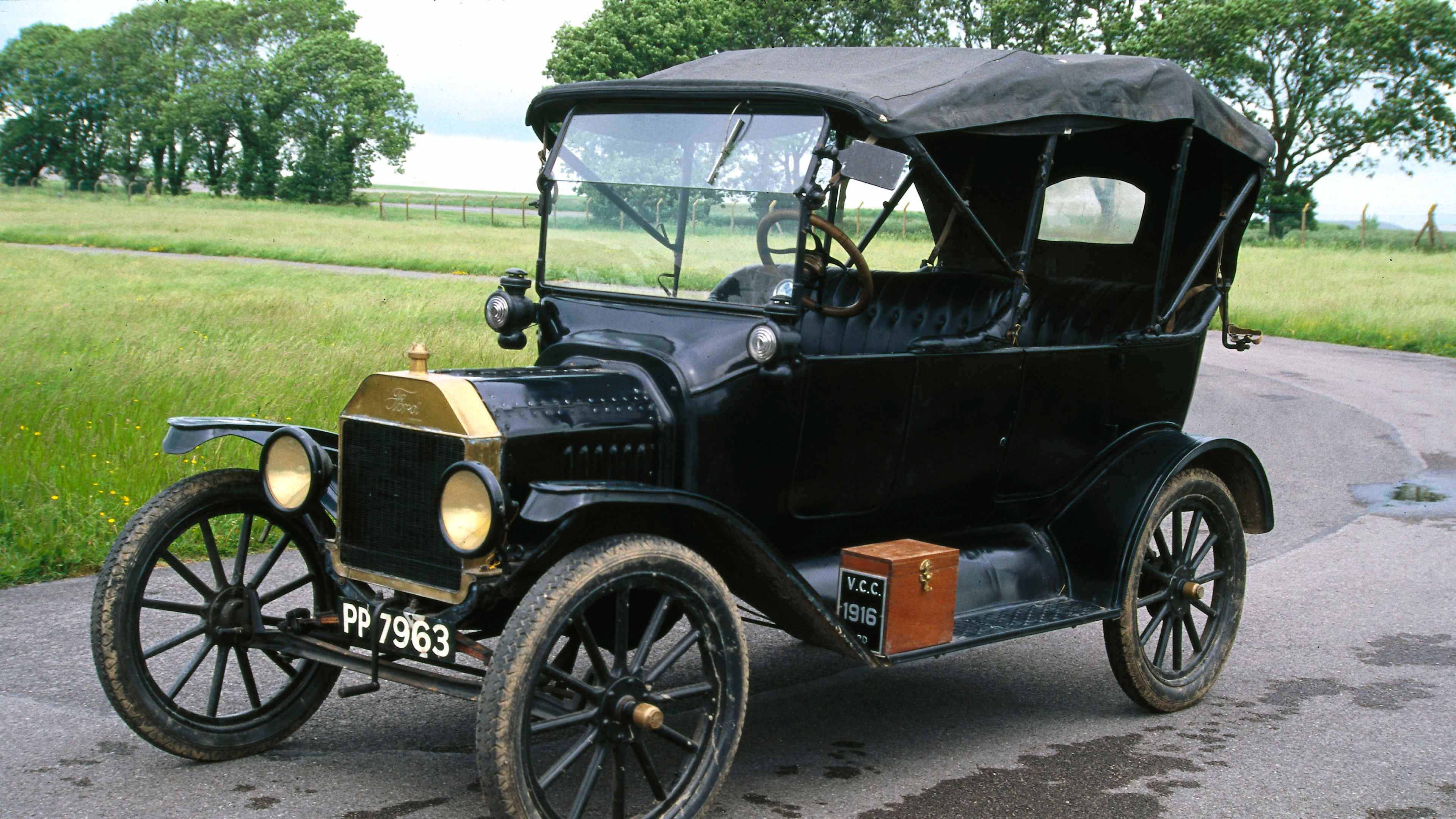The Studebaker Electric Car is a fascinating piece of automotive history, representing a blend of innovation and the challenges faced by early electric vehicles. The story of Studebaker, one of the oldest vehicle manufacturers in the United States, is deeply intertwined with the evolution of electric cars. Here, we delve into five key facts about the Studebaker Electric Car, exploring its historical context, technological aspects, and the reasons behind its eventual decline.
Key Points
- The Studebaker Electric Car was first introduced in the early 20th century, showcasing the company's commitment to innovation and diversification in the automotive market.
- These vehicles were known for their reliability, quiet operation, and lack of pollution, making them particularly appealing to urban dwellers and professionals who required a dignified mode of transportation.
- Despite their advantages, Studebaker Electric Cars faced significant challenges, including limited range, high maintenance costs, and the improving technology of gasoline-powered vehicles.
- The production of Studebaker Electric Cars ceased in the 1910s, as the company shifted its focus towards gasoline-powered vehicles, which were becoming more efficient, affordable, and capable of longer distances.
- Today, vintage Studebaker Electric Cars are highly sought after by collectors, serving as a testament to the pioneering spirit of the automotive industry and the enduring appeal of electric vehicles.
Introduction to the Studebaker Electric Car

The Studebaker Electric Car made its debut in the early 1900s, a period when the automotive industry was experiencing rapid growth and innovation. Studebaker, already an established name in the carriage business, ventured into the production of electric vehicles, capitalizing on the growing demand for personal transportation. The Studebaker Electric was designed to appeal to a specific demographic: the urban elite and professionals who valued the cleanliness, quietness, and ease of operation that electric vehicles offered.
Technological Aspects and Innovations
From a technological standpoint, the Studebaker Electric Car was a marvel of its time. Equipped with electric motors powered by lead-acid batteries, these vehicles could achieve moderate speeds and had a range that, although limited by today’s standards, was sufficient for the daily needs of their target market. The electric cars were also praised for their simplicity and reliability, requiring less maintenance than their gasoline-powered counterparts. However, the high upfront cost of the vehicles, combined with the expense of replacing batteries, made them less accessible to the general public.
| Model Year | Range (Miles) | Top Speed (mph) |
|---|---|---|
| 1902 | 50 | 14 |
| 1905 | 60 | 16 |
| 1910 | 70 | 18 |

Challenges and Decline

Despite the initial enthusiasm and the niche market they carved out, Studebaker Electric Cars eventually faced significant challenges that led to their decline. The primary issue was the limited range and the need for frequent recharging, which made long-distance travel impractical. Additionally, the improving technology of gasoline-powered vehicles, which offered greater range and flexibility at a lower cost, gradually eroded the market share of electric cars. By the 1910s, Studebaker had shifted its focus towards producing gasoline-powered vehicles, marking the end of its electric car production.
Legacy and Modern Relevance
Today, the Studebaker Electric Car is remembered as a pioneering effort in the history of electric vehicles. The legacy of these early electric cars can be seen in the modern electric vehicle (EV) market, which has experienced a resurgence due to advances in battery technology, concerns about climate change, and government incentives. Collectors and enthusiasts seek out vintage Studebaker Electric Cars as rare pieces of automotive history, while manufacturers continue to push the boundaries of electric vehicle technology, aiming to overcome the limitations of their predecessors and create a sustainable, electric future for transportation.
What was the primary market for Studebaker Electric Cars?
+The primary market for Studebaker Electric Cars was urban professionals and the elite, who valued the cleanliness, quietness, and ease of operation these vehicles offered.
Why did Studebaker cease production of its electric cars?
+Studebaker ceased production of its electric cars due to the improving technology and decreasing costs of gasoline-powered vehicles, which offered greater range and flexibility, making them more appealing to a broader market.
What is the significance of the Studebaker Electric Car in the history of automotive technology?
+The Studebaker Electric Car represents an early experiment in electric vehicle technology, showcasing the potential of electric propulsion and paving the way for modern electric vehicles. Its story also highlights the challenges faced by early electric cars, including range limitations and high costs, which are still being addressed by manufacturers today.
